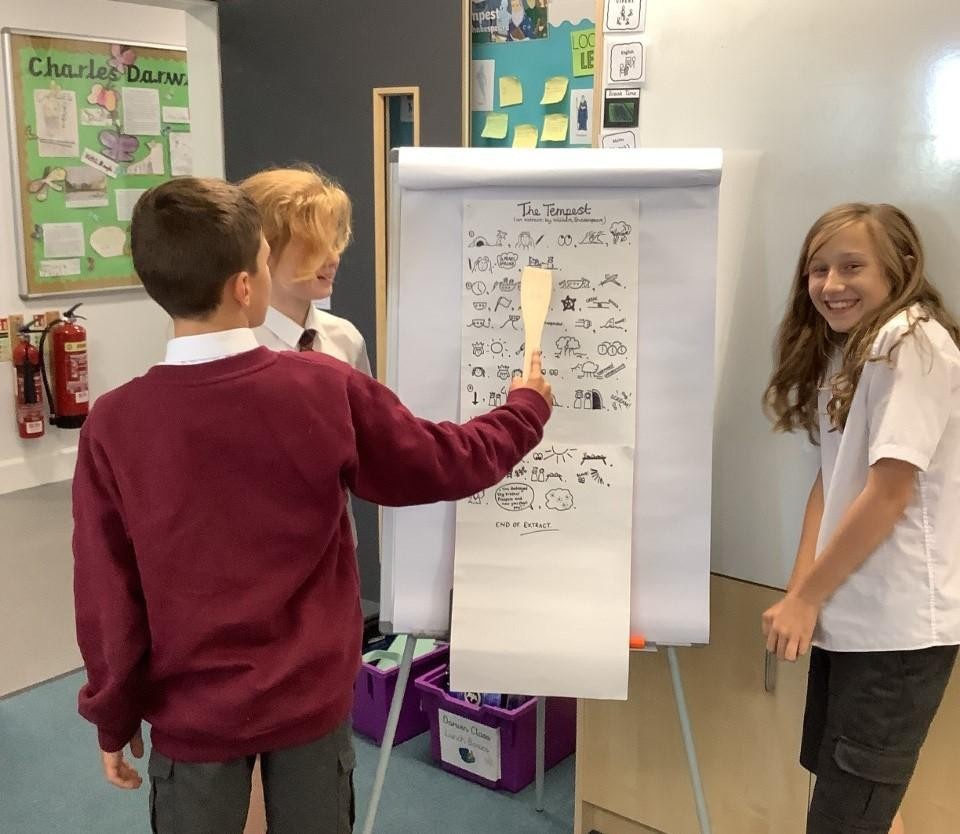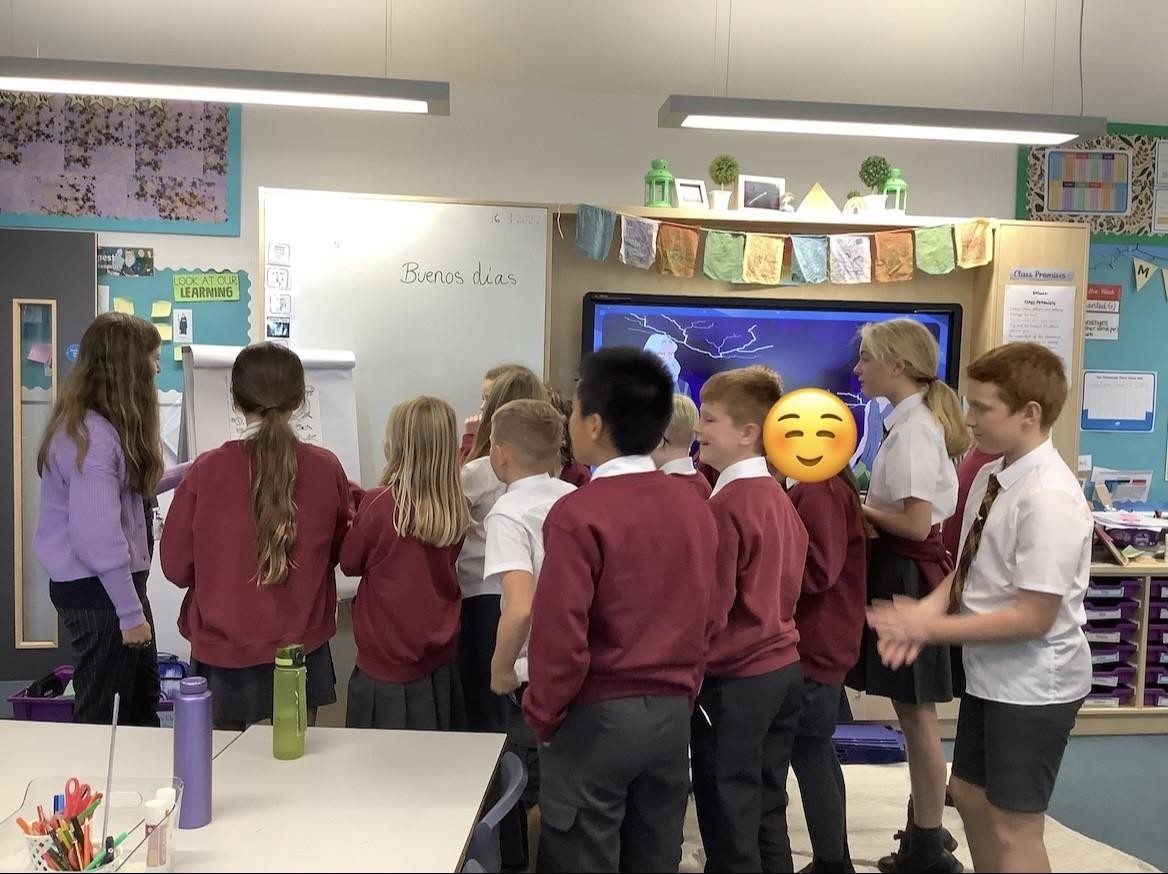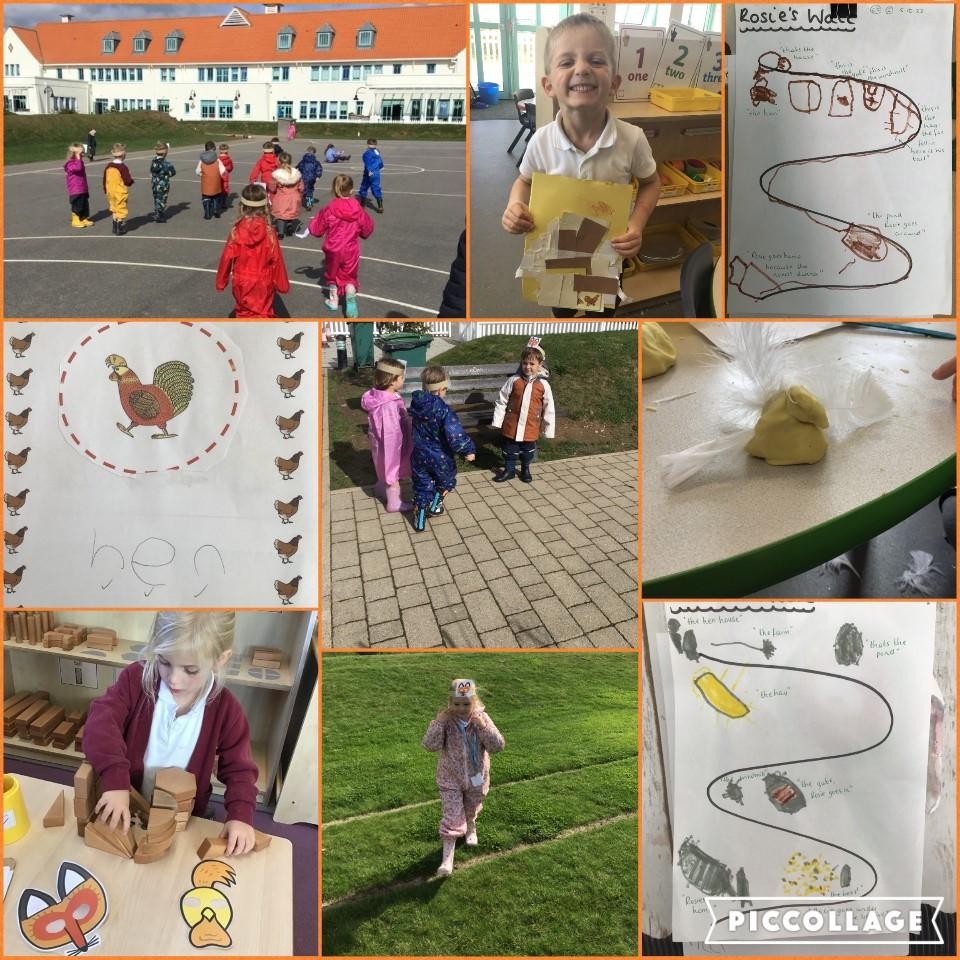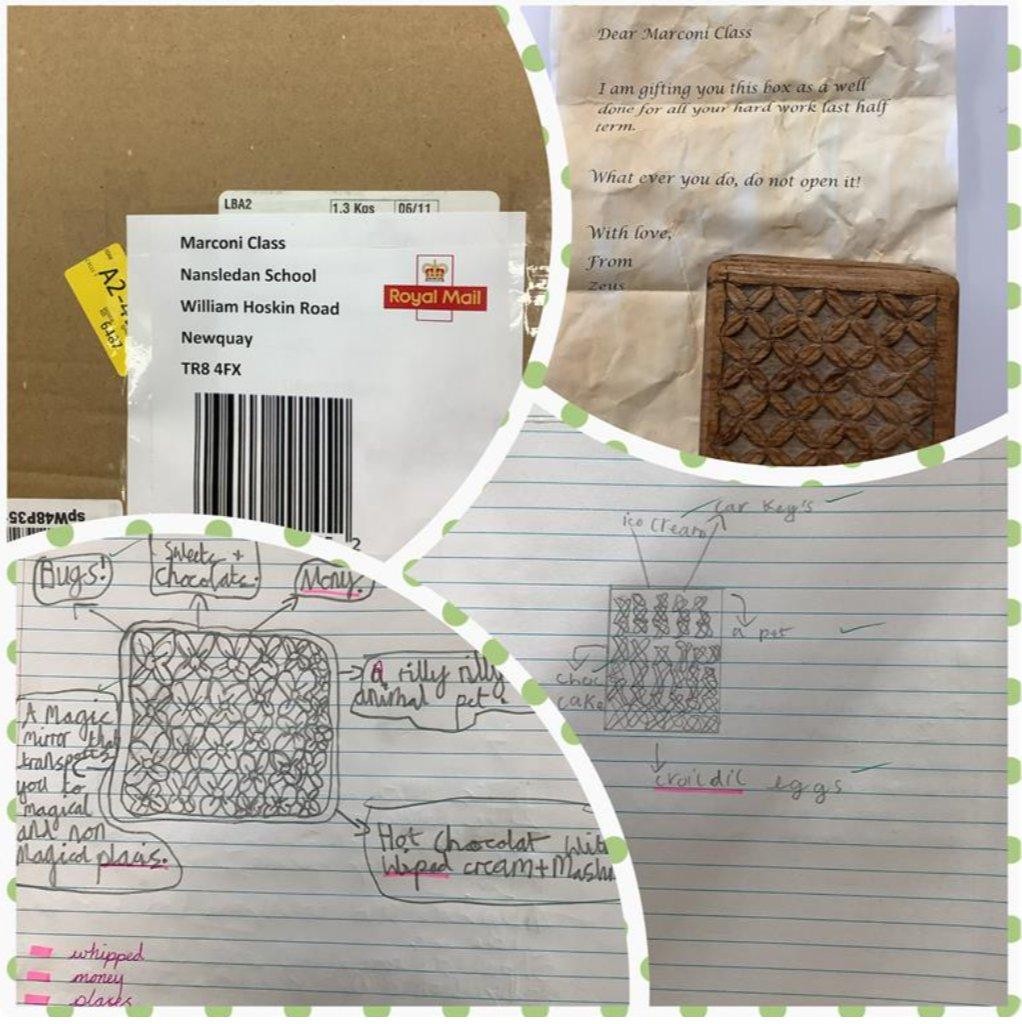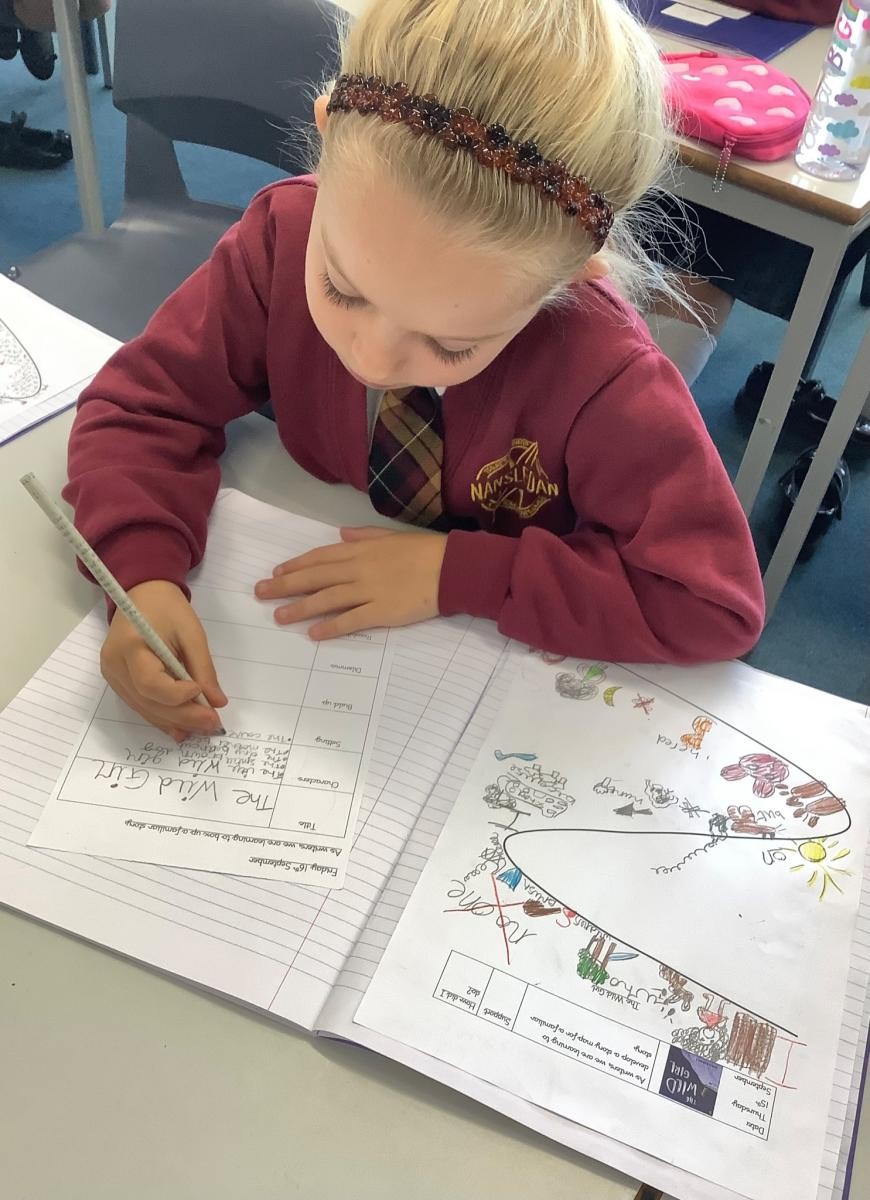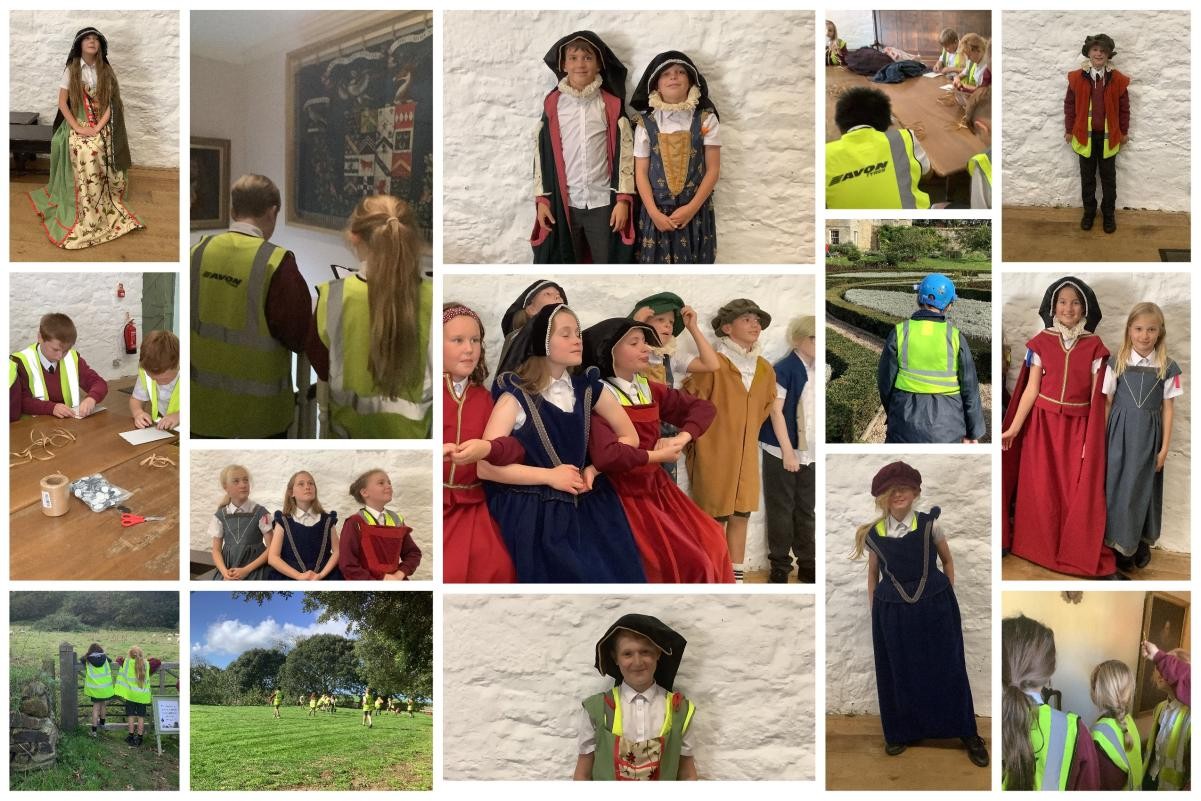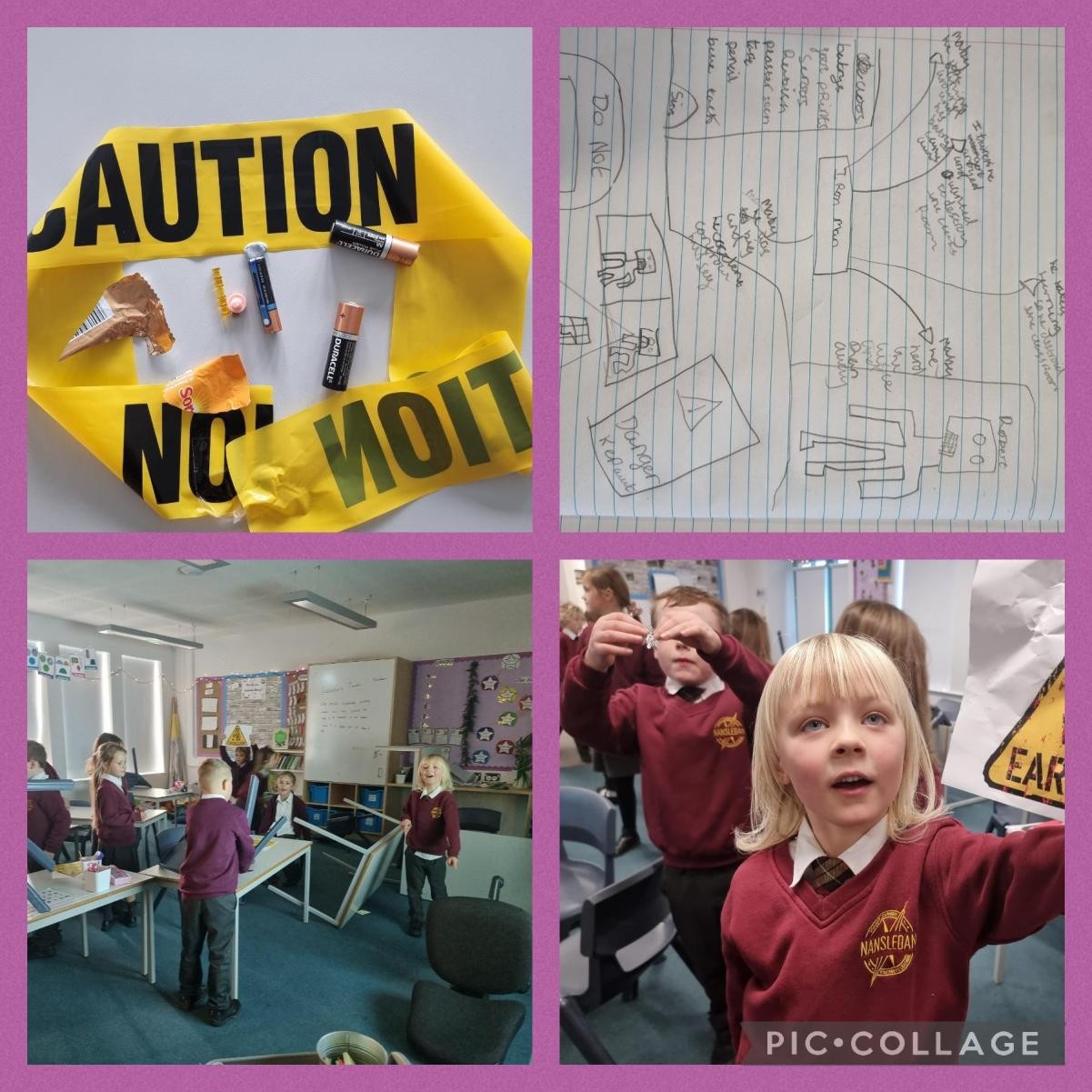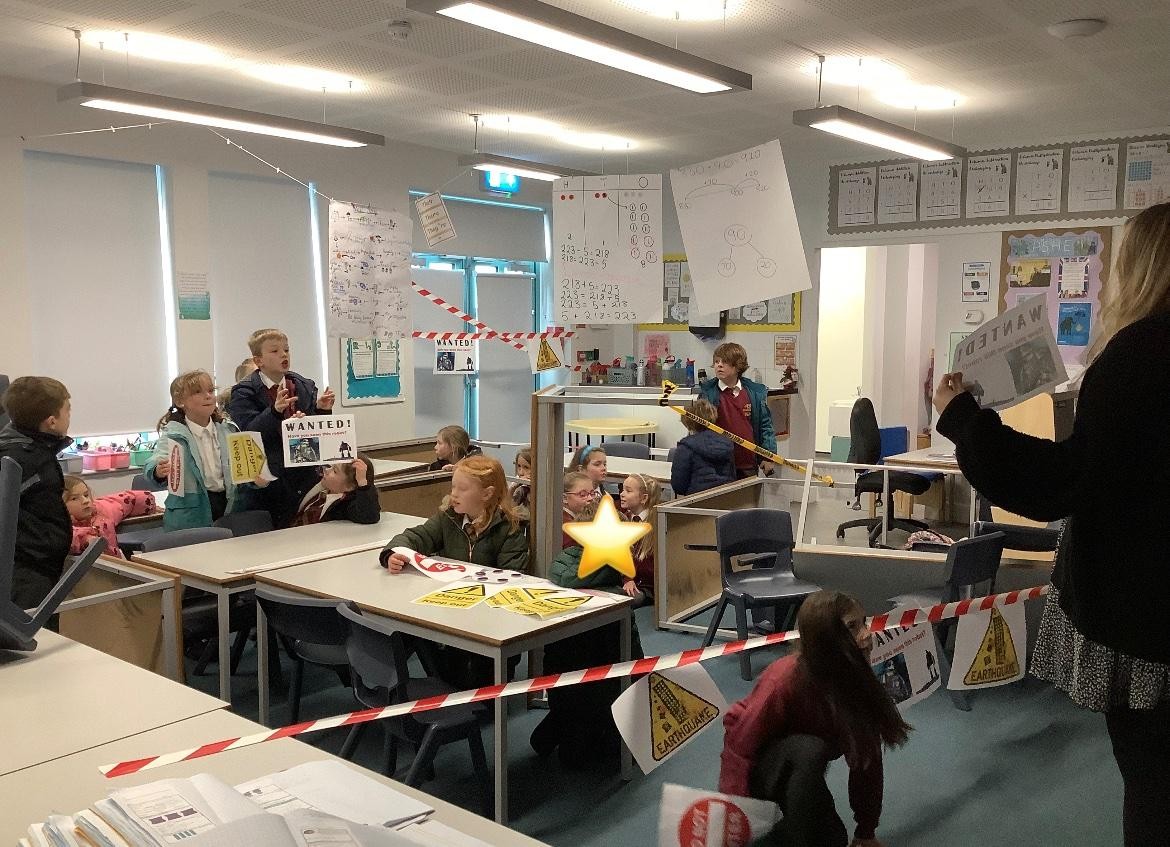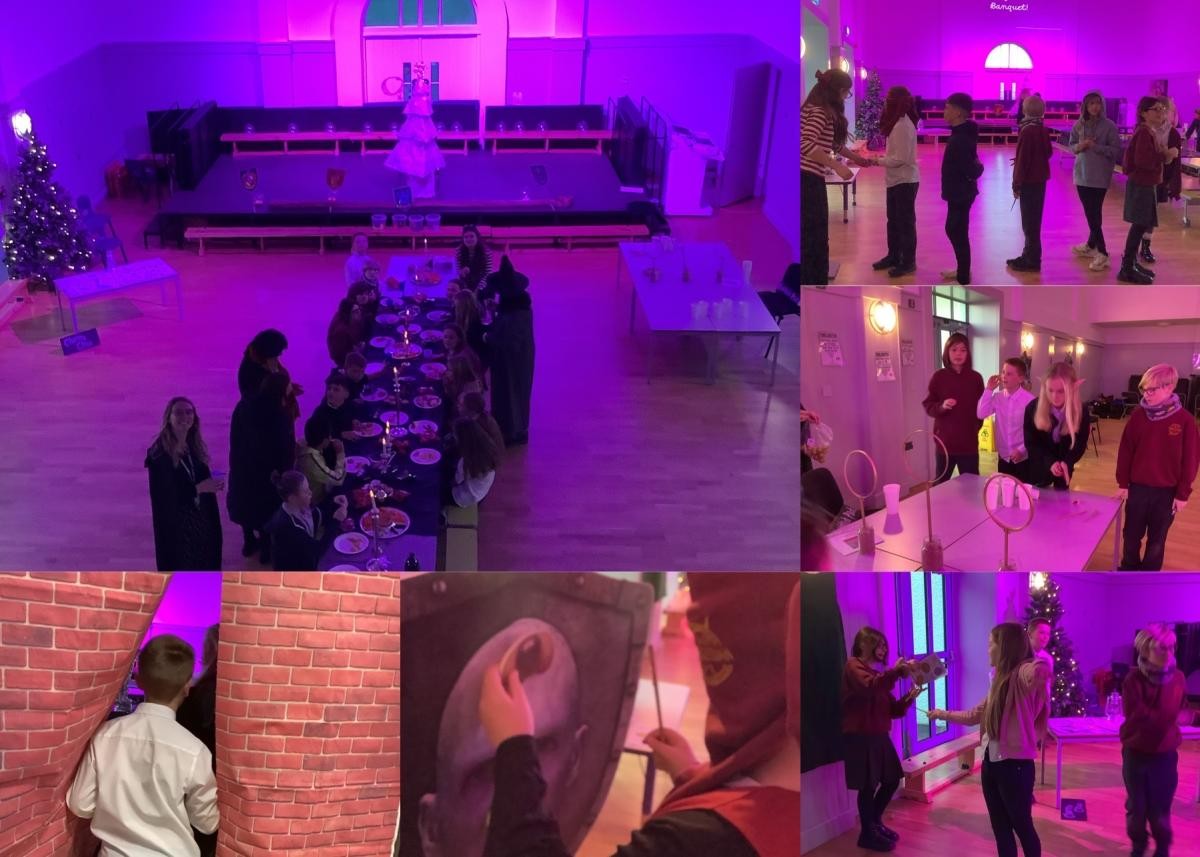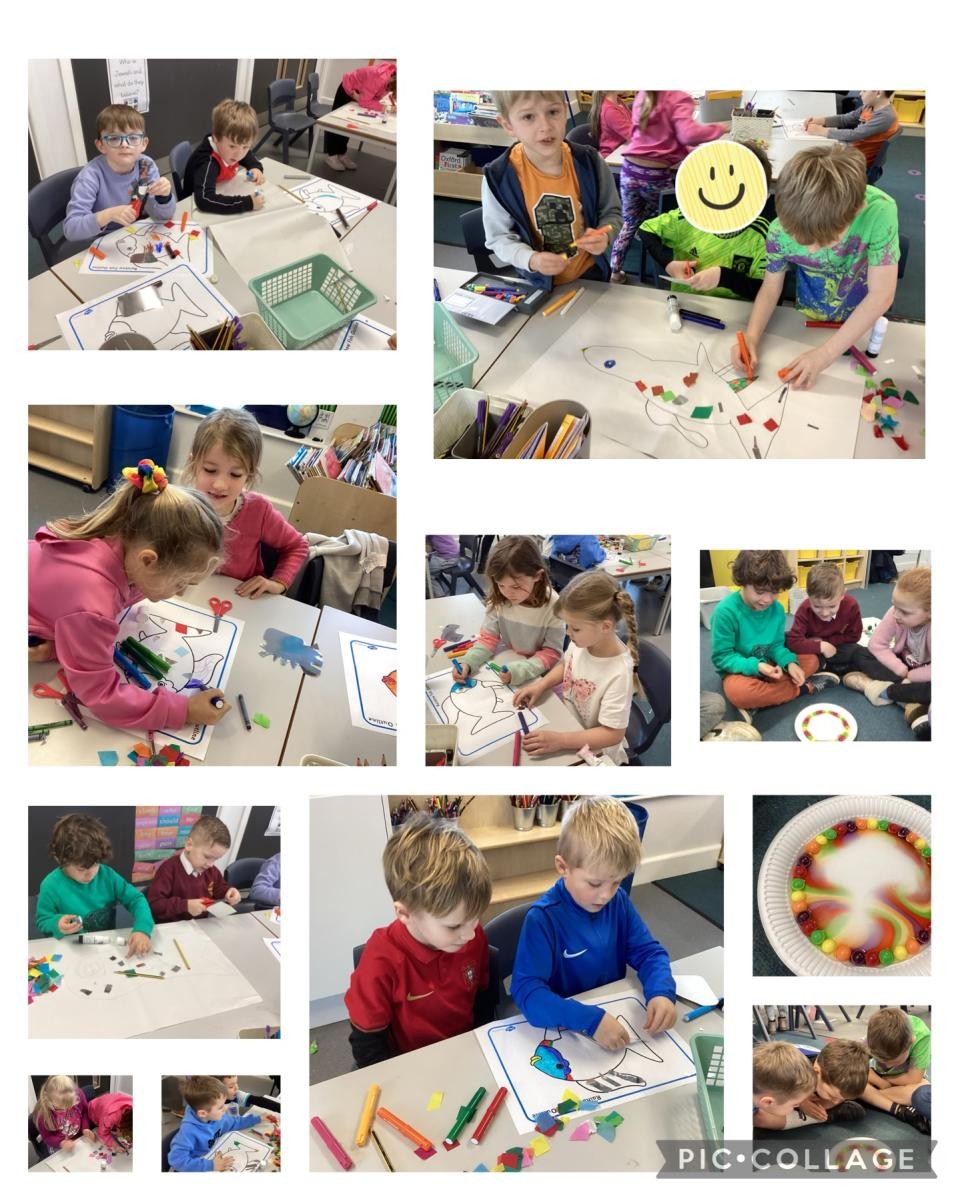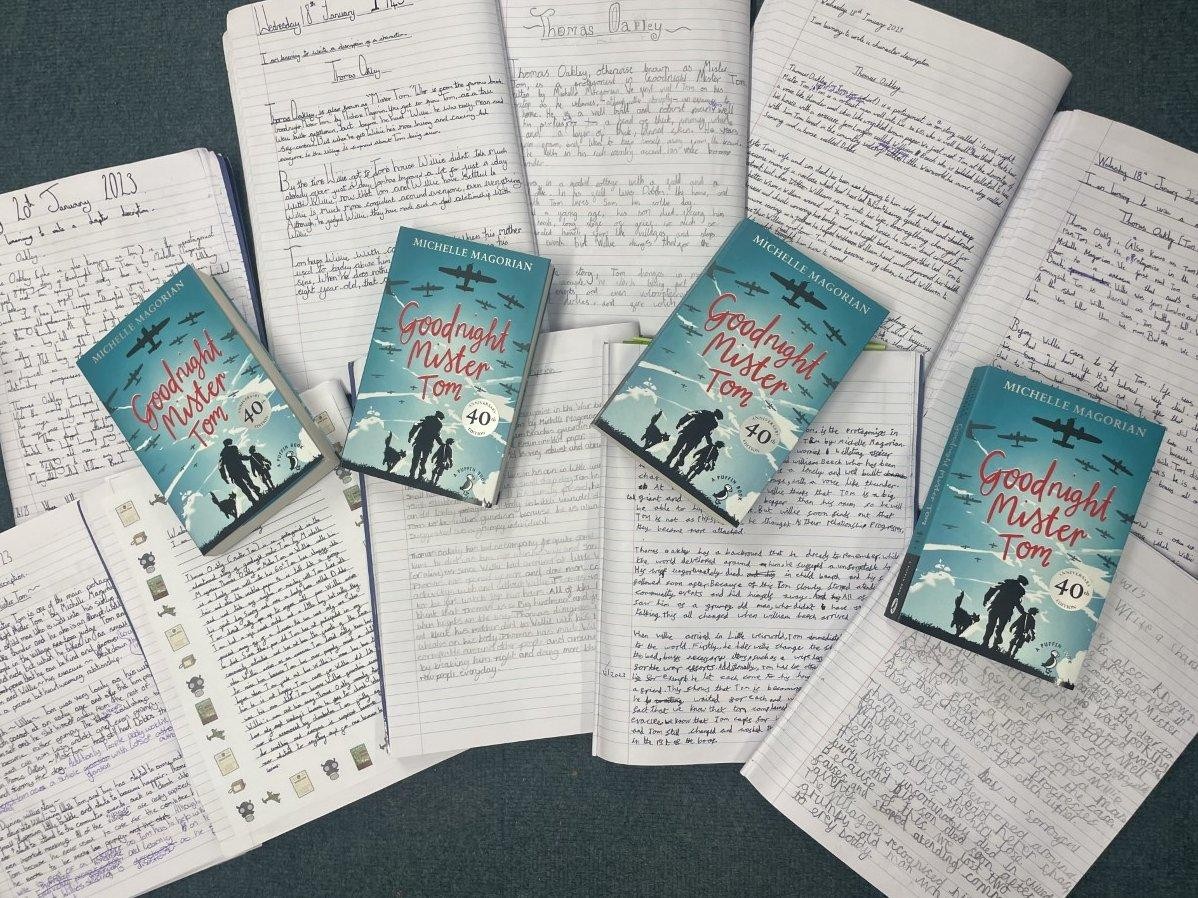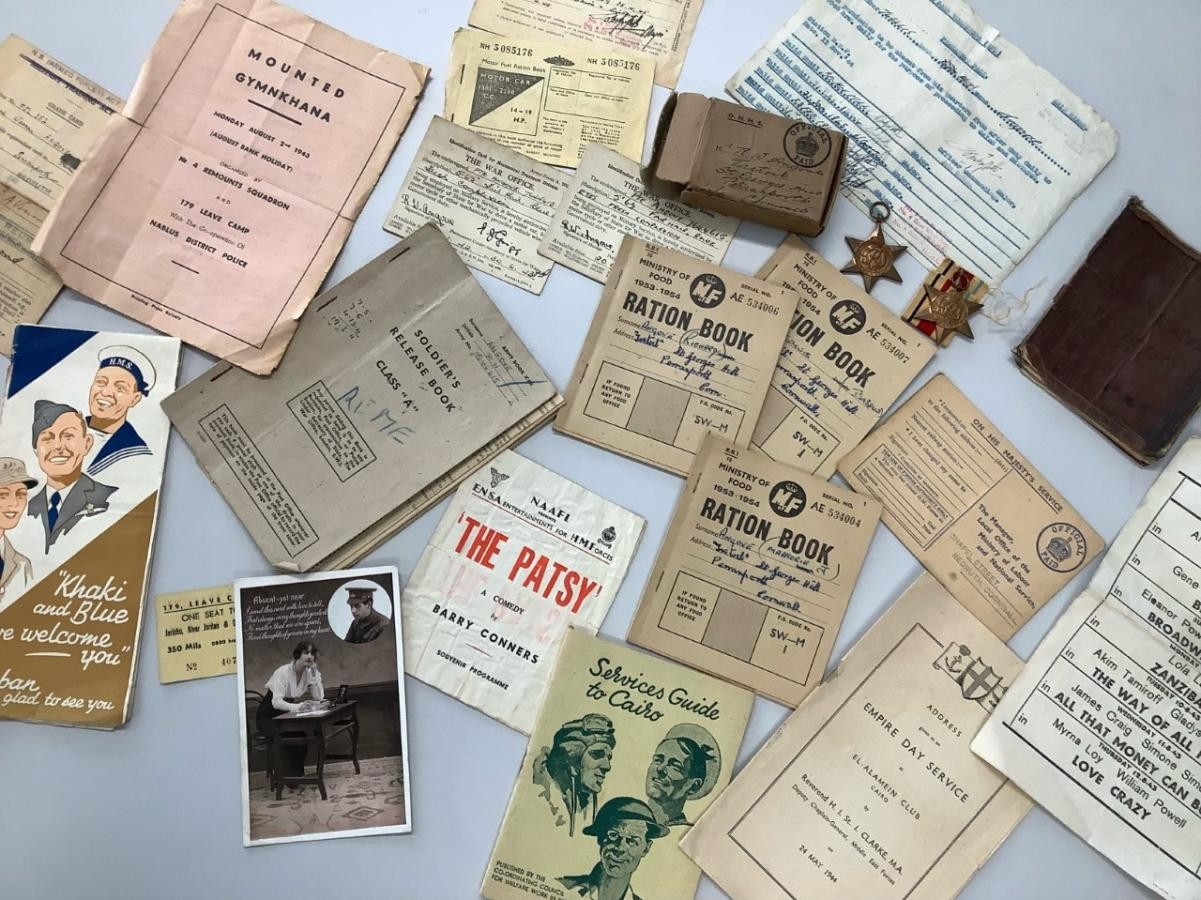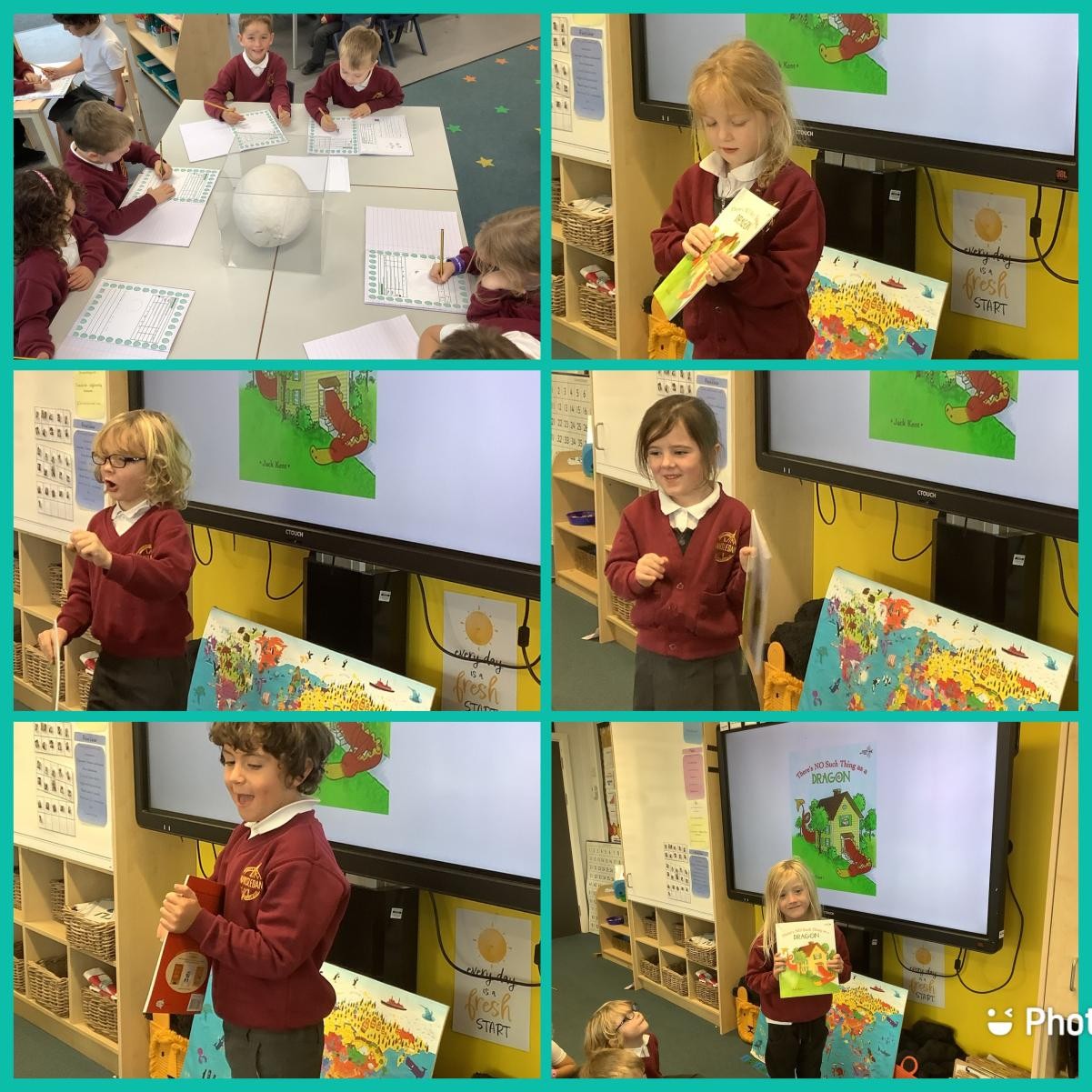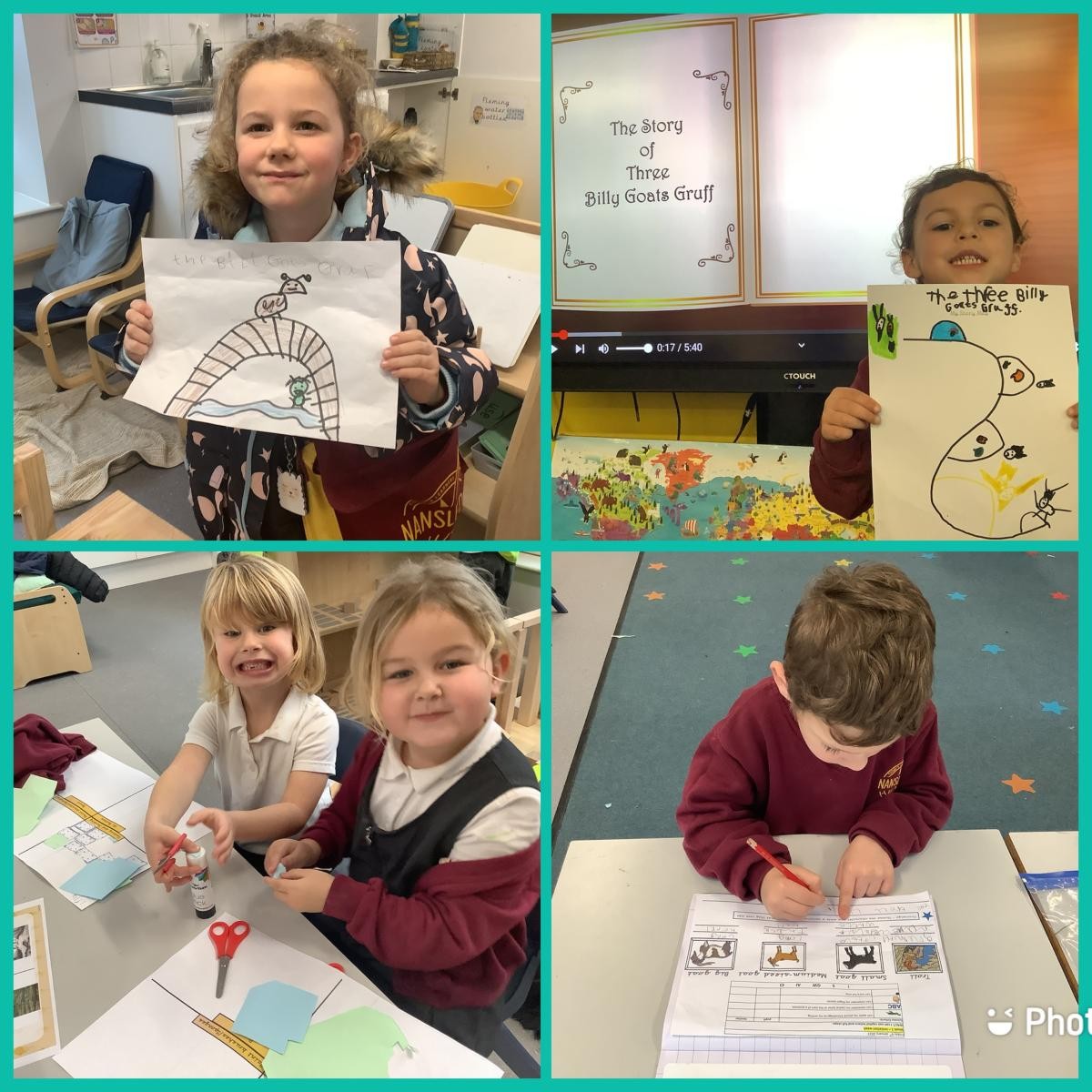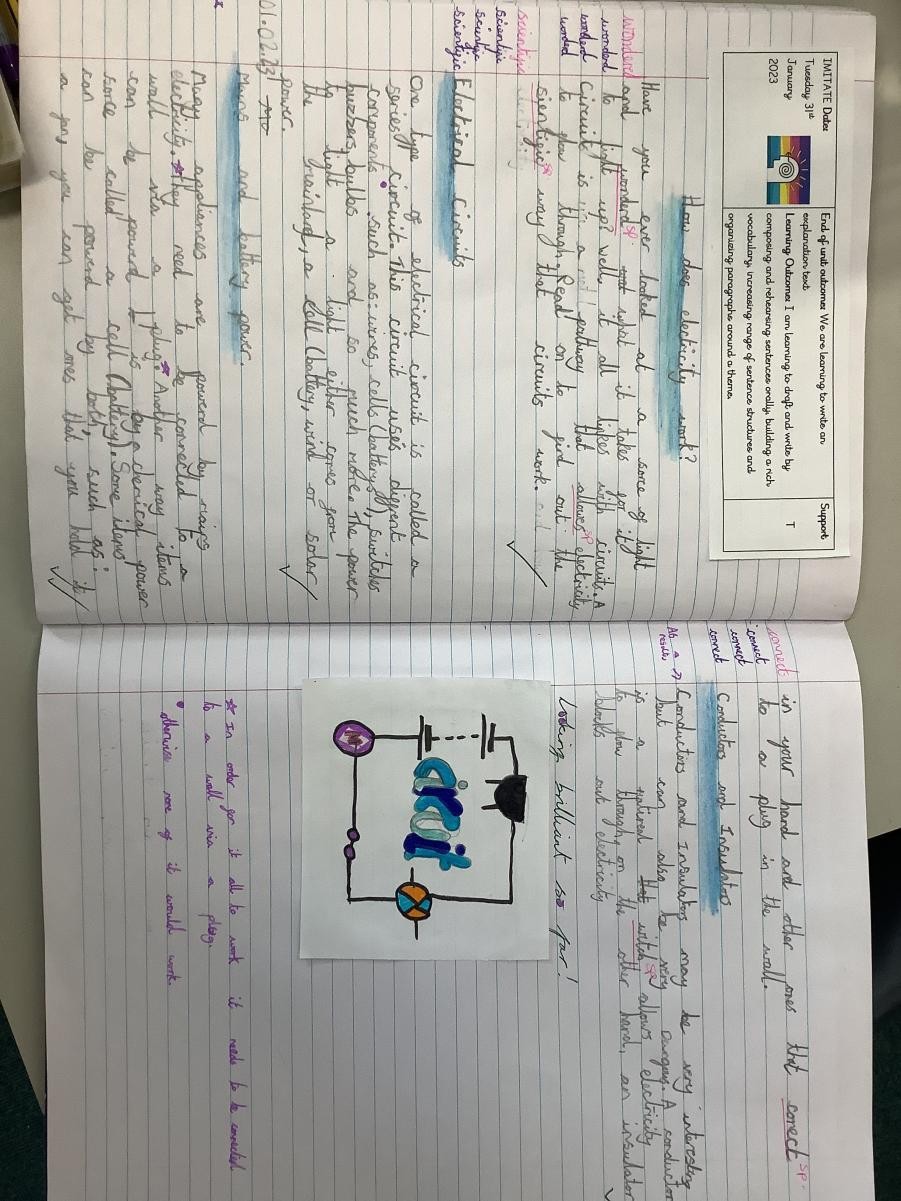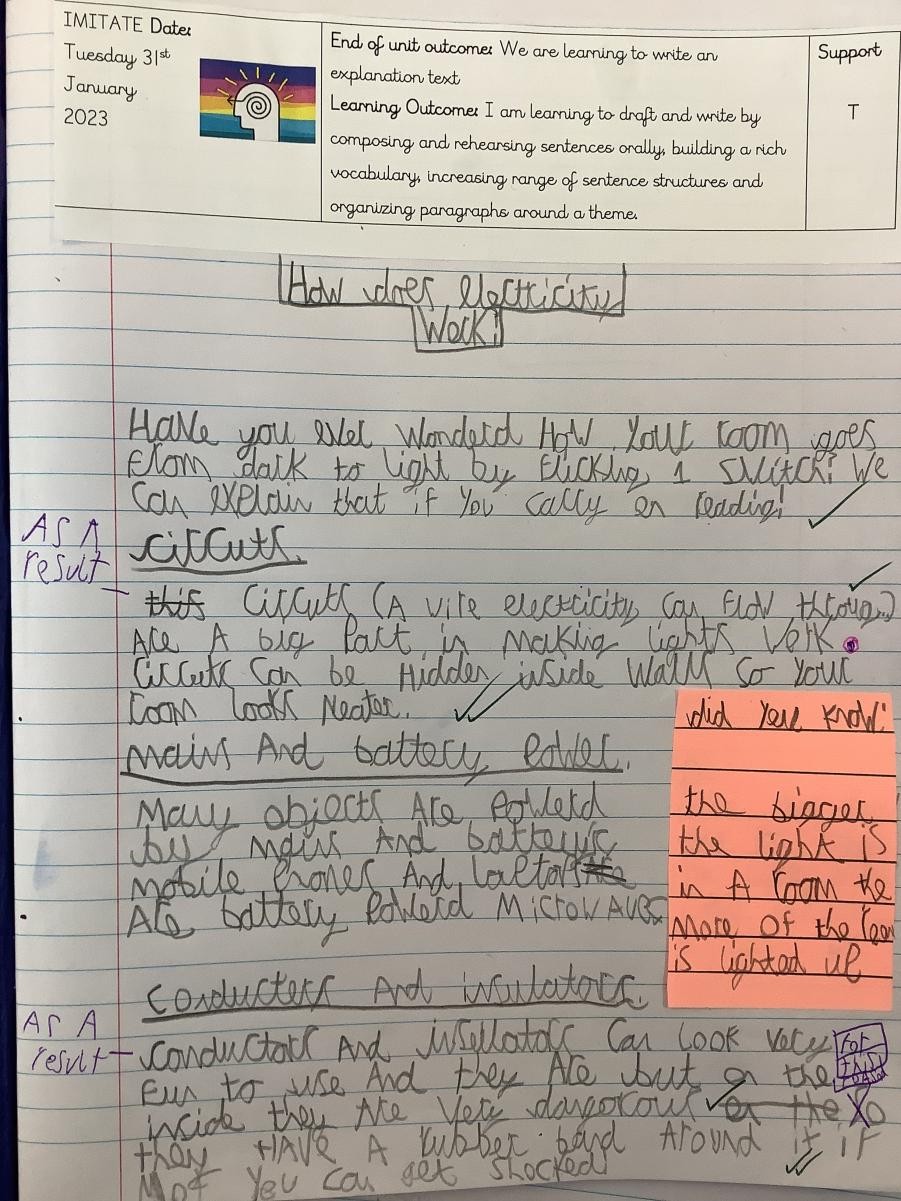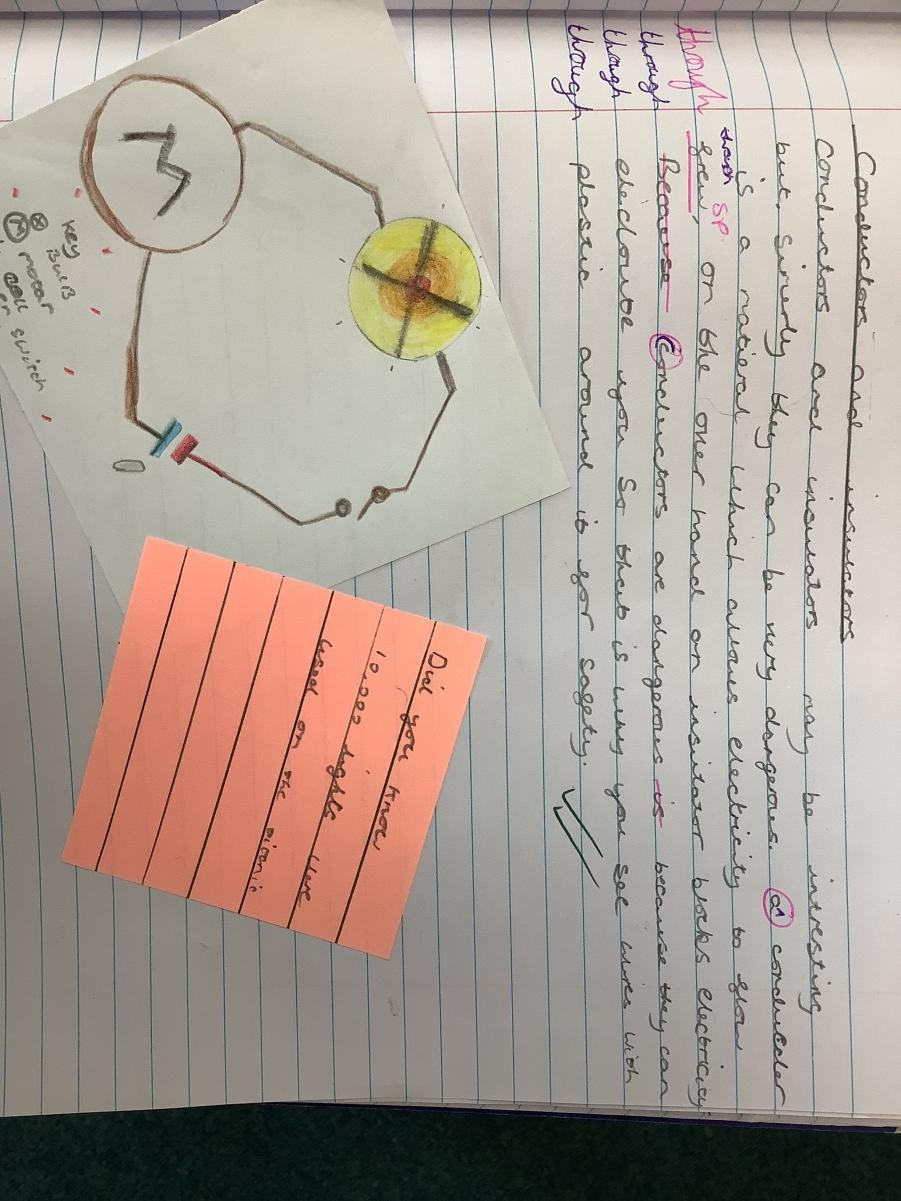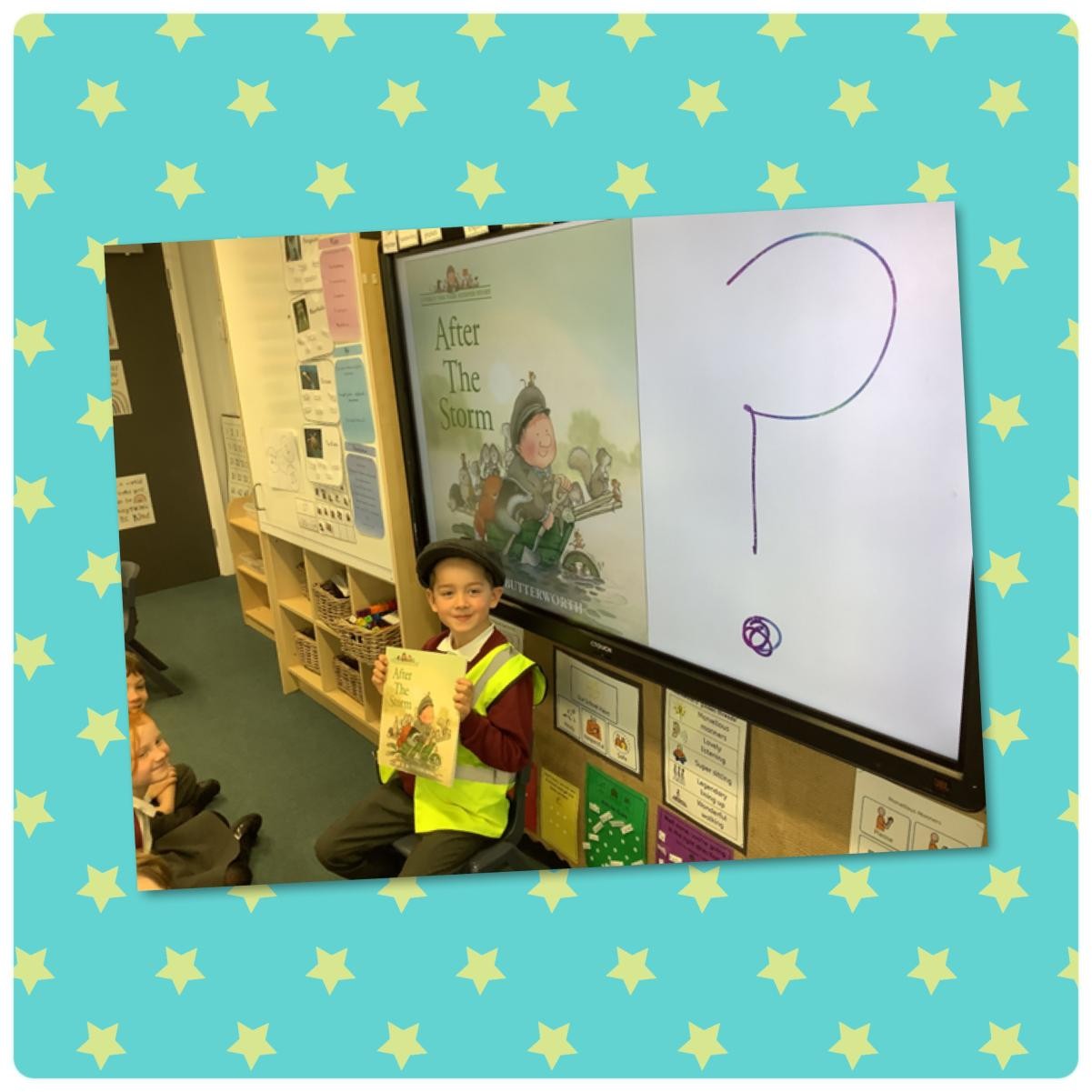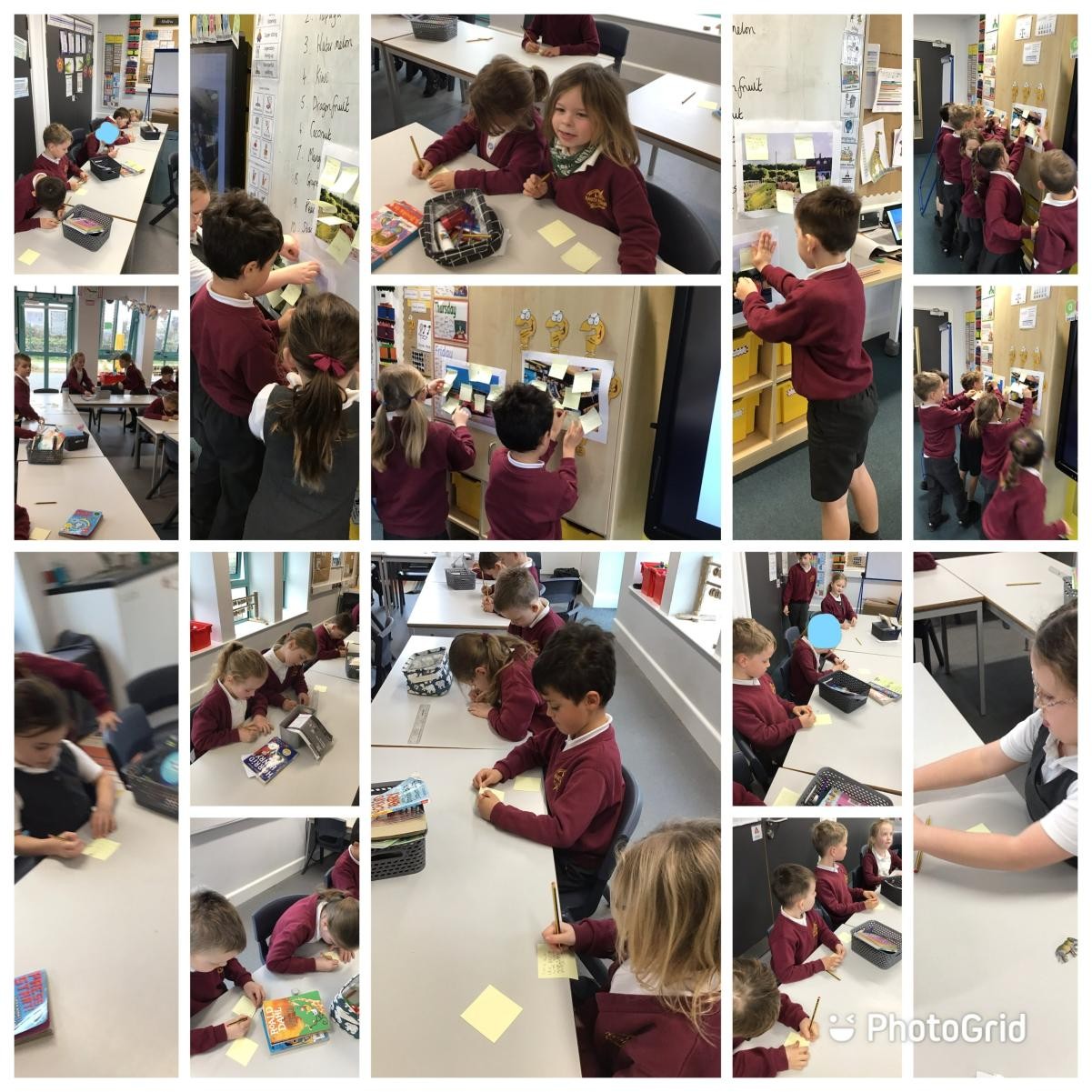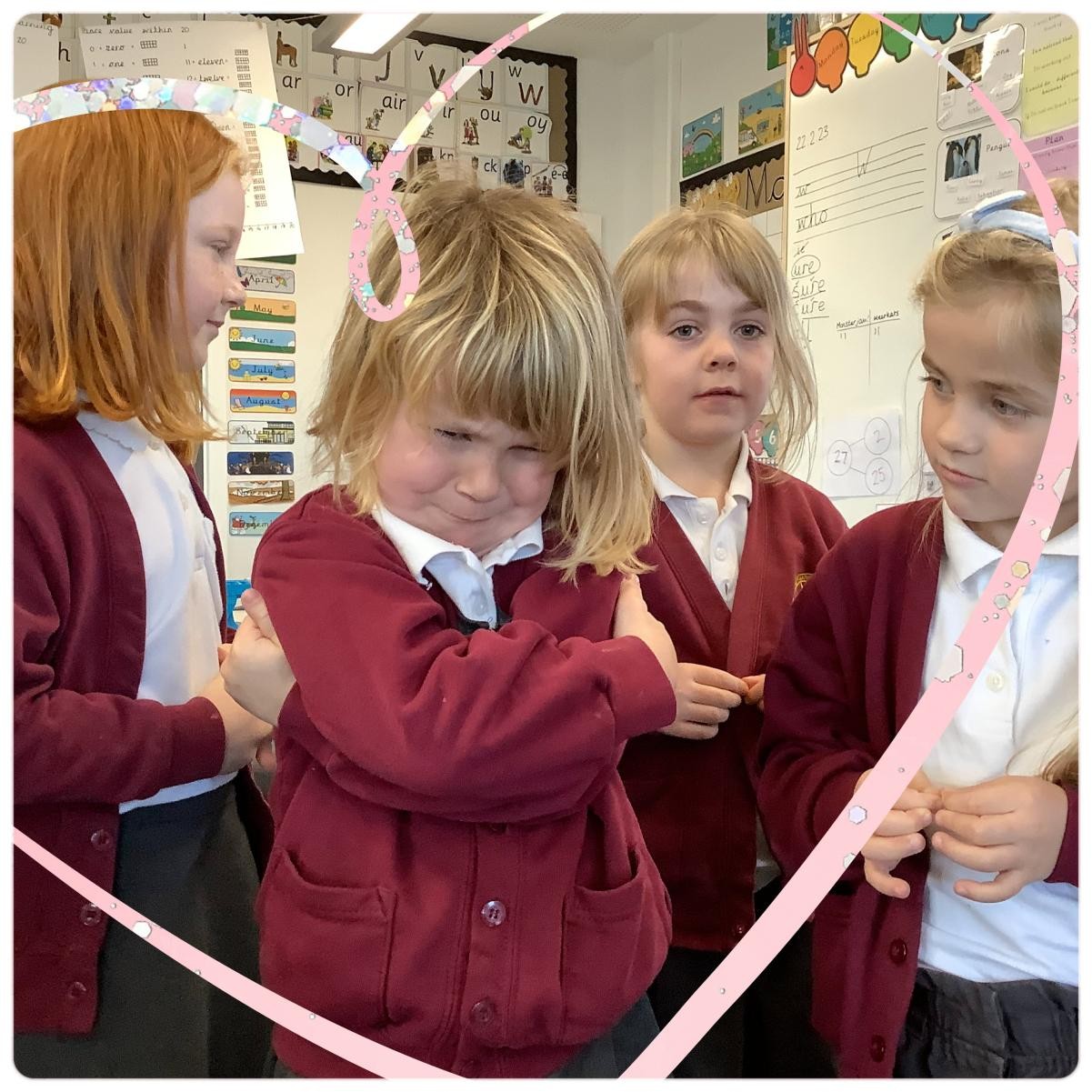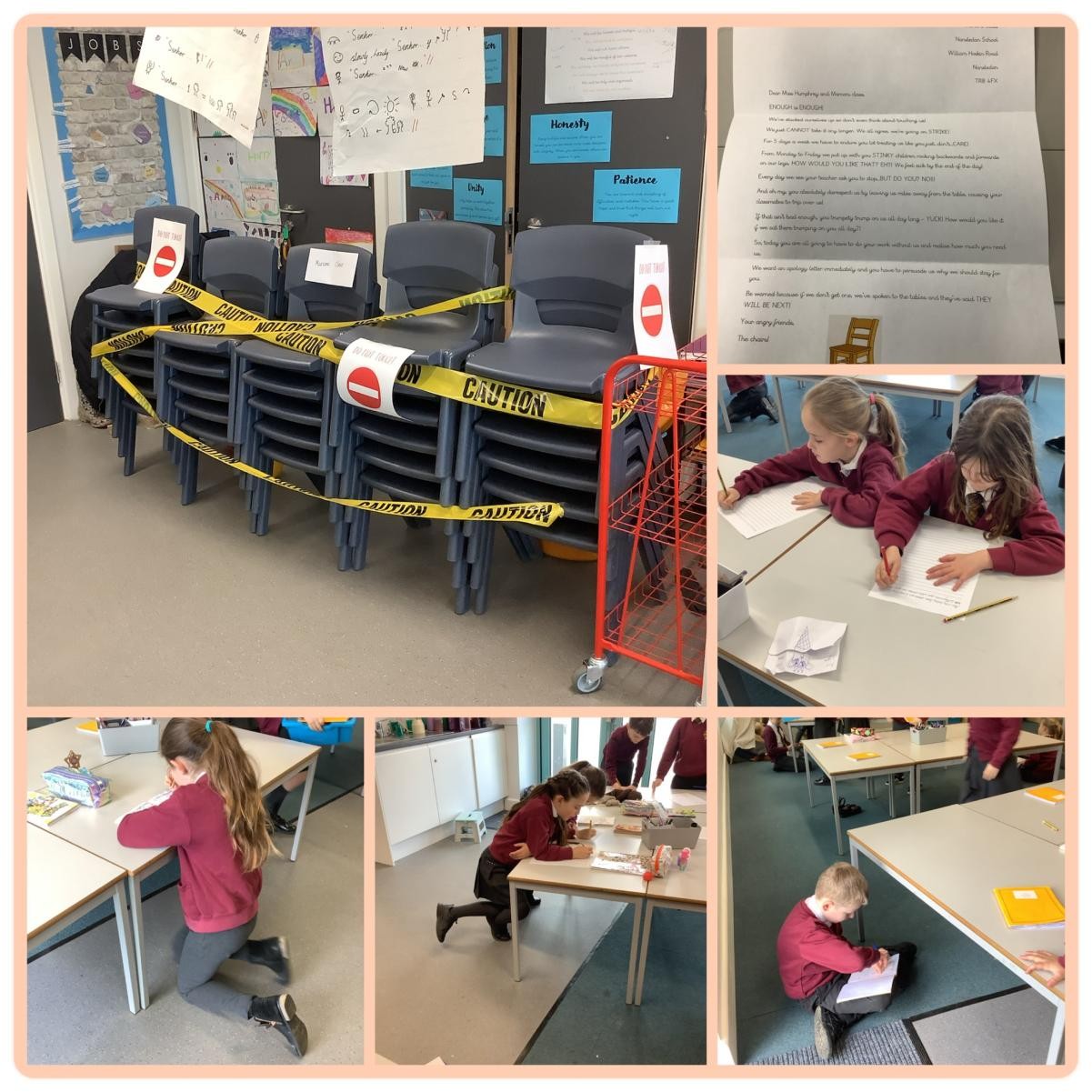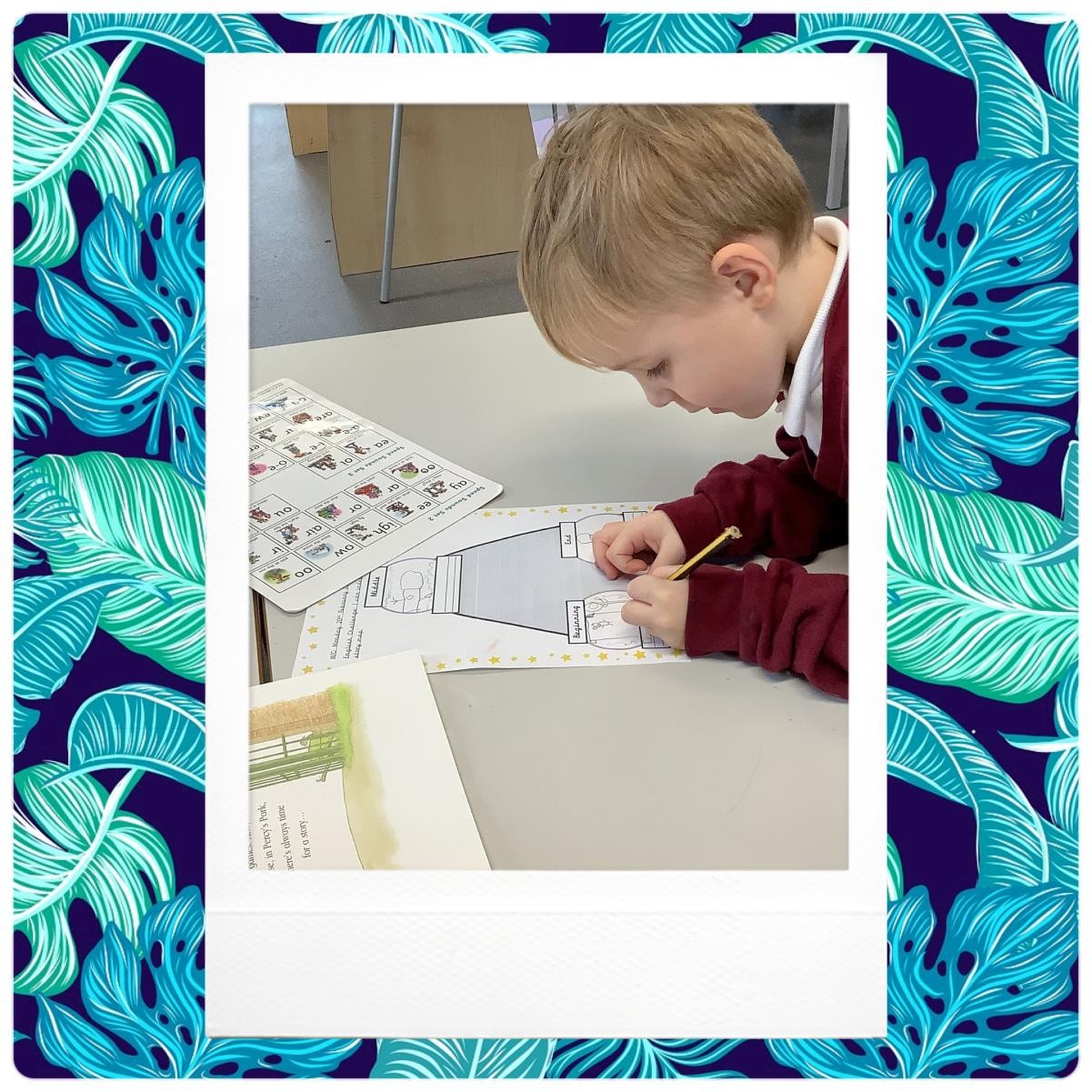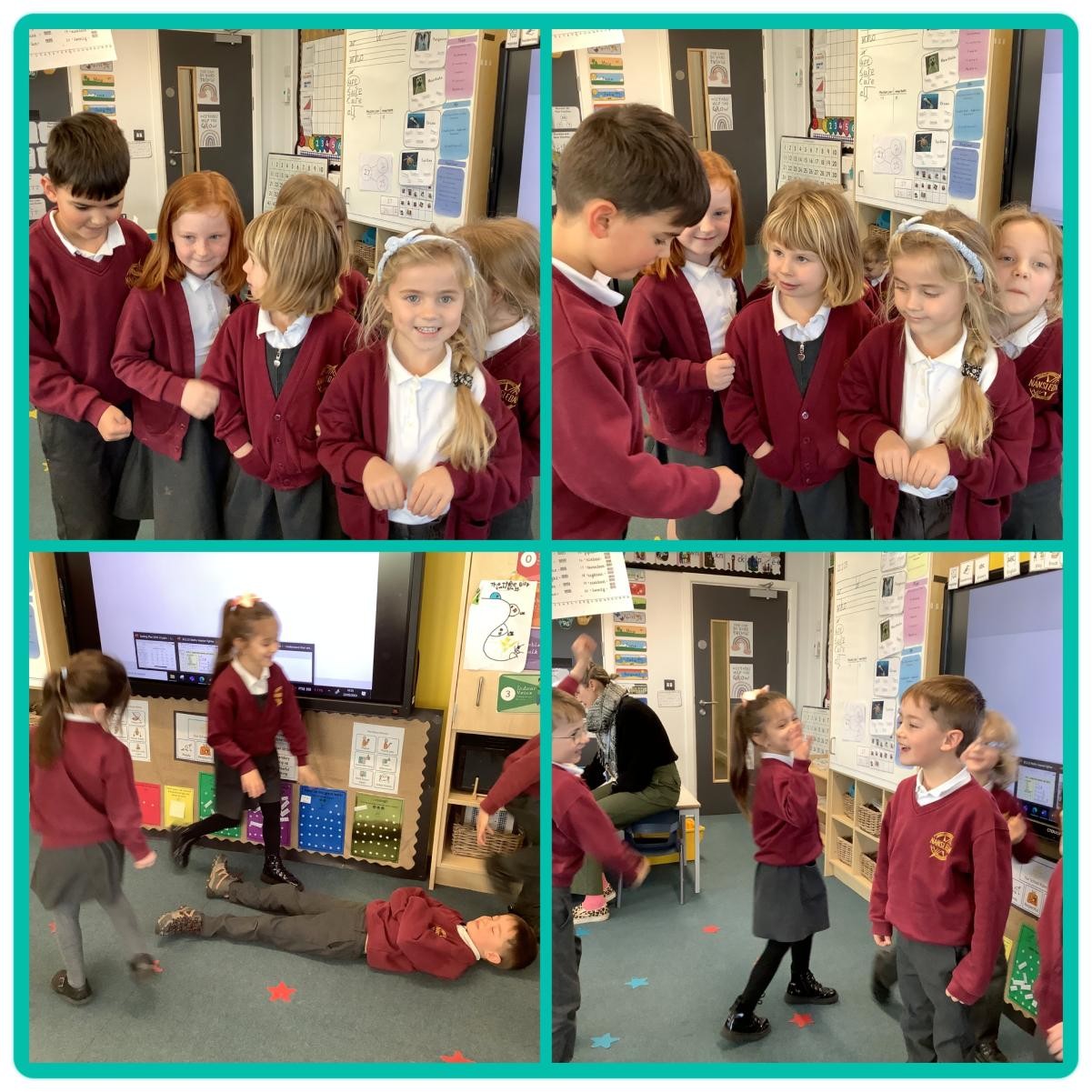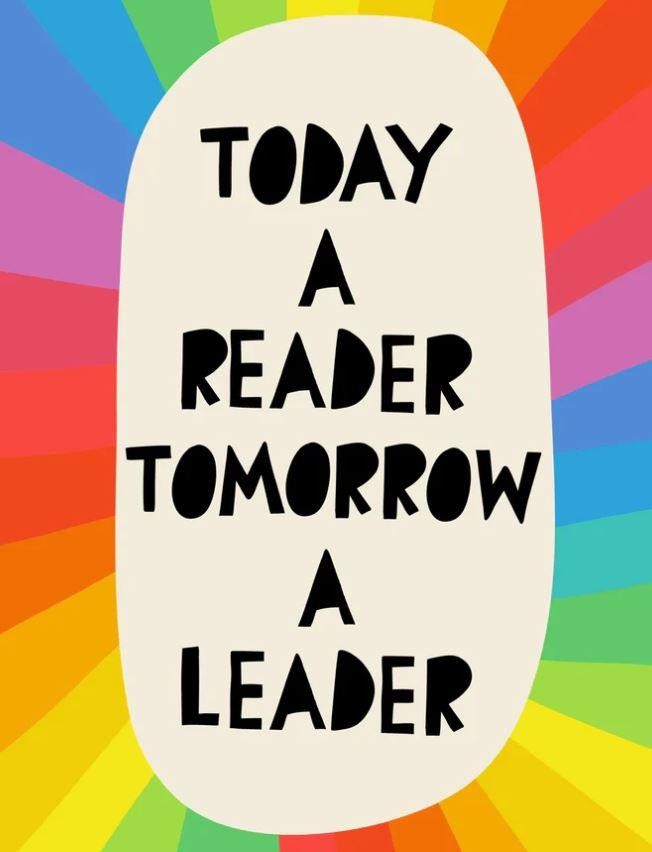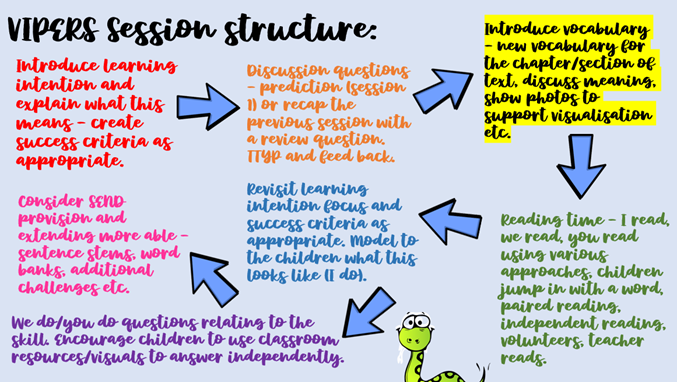At Skol Nansledan, we believe that literacy and communication are lifelong skills. We aim to provide an inspiring, imaginative and engaging English curriculum, that is underpinned by the belief that developing children’s language is crucial to their success across our STEAM curriculum and for lifelong learning. We also wish for children to enjoy and appreciate literature for all its rich variety. Teachers at Skol Nansledan should develop pupils’ spoken language, reading, writing and vocabulary as integral aspects of the teaching of every subject. English is both a subject in its own right and the medium for teaching other curriculum areas; through deep understanding of language, pupils can access a wealth of other areas of learning, as fluency in the English language is an essential foundation for success in all subjects (National Curriculum).
GPS (Grammar, Punctuation and Spelling)
The Place Value of Punctuation and Grammar
We use the Grammarsaurus programme, 'The Place Value of Punctuation and Grammar' to teach each year group's grammar objectives progressively. From September 2024, this unit will be taught during autumn 1, however we are currently implementing it now, during spring 1, in order to develop our children's grammatical abilities, which they will then be able to showcase in their writing and other curriculum opportunities elsewhere in the year.
We ensure that grammar, punctuation and spelling rules taught are in line with National Curriculum objectives, are referred back to throughout the year, and also link to grammatical features of text types taught in Talk for Writing sessions.
The teaching of specific spelling patterns also services to support vocabulary development. In each year group and stage, pupils learn spellings from the National Curriculum appendix (see below) as well as the necessary spelling patterns for their year group, as set out in the National Curriculum. In both Key Stage One and Key Stage Two, spellings are taught using Spelling Shed, an engaging and comprehensive programme which supports children in the acquisition of the key skills of spelling and word knowledge. The scheme aligns fully with the English National Curriculum for spelling and goes beyond its requirements to ensure pupils are confident and competent spellers.
Handwriting
In EYFS and KS1, handwriting is to be taught explicitly to all children during English sessions. All groups will teach the same letter on the same day to support fluid groupings and to ensure each child is taught how to form every letter correctly.
- If by the end of teaching a ‘family of letters’ particular children are still not forming letters correctly – class teachers are to be informed and focussed interventions will be planned as appropriate.
- Once the cycle has been completed, all teaching staff will repeat the cycle again.
- Children that are writing neatly in all areas of writing will be discussed on an individual basis to support and extend teaching of joining letters.
In KS2, handwriting is to be taught explicitly at the beginning of writing sessions. Here, the teaching of handwriting is more specific to the needs of each year group and class. Focus joins for revisiting are provided but are also selected based on teacher assessment from the previous learning session. The below outlines how a typical session might look:
- Pupils will revisit a particular join, completing a line of that join in their writing books.
- A new join may be taught, as appropriate to the stage and age of the pupils.
- Pupils will complete a line of the new join, as appropriate to the stage and age of the pupils.
- Pupils may apply the join by writing a line of a word containing the join in their writing books.
- Pupils may be extended to write a sentence containing the joins in their writing books.


